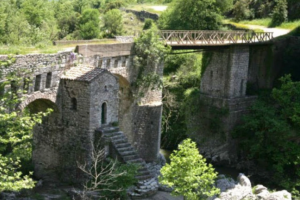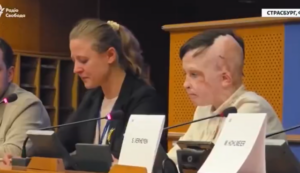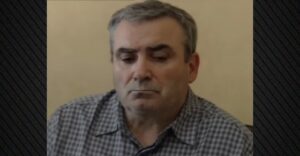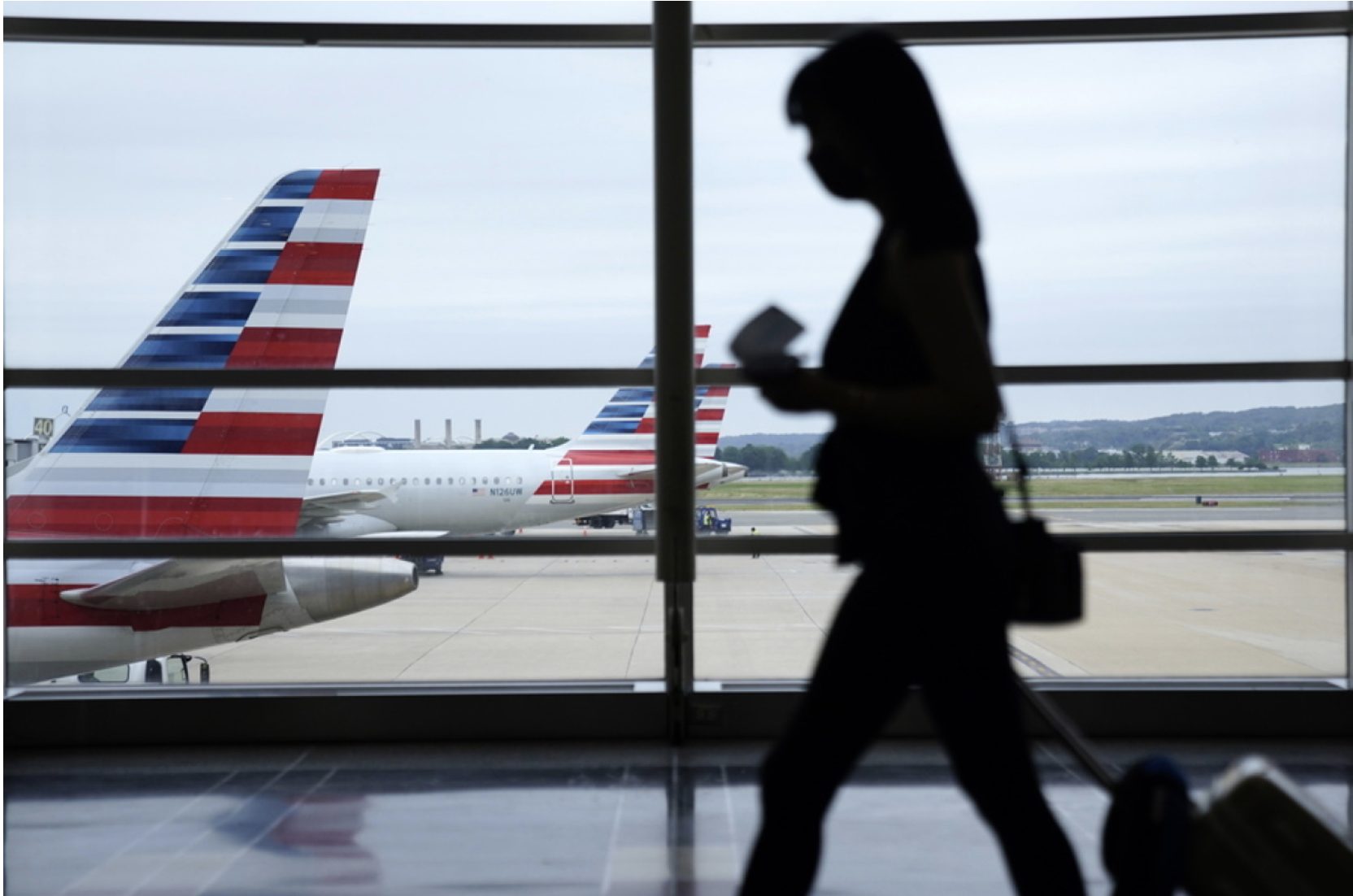One of the most historic bridges in Greece, the bridge of Karytaina, will be restored soon.
The above announcement was made by the head of the Directorate for the Restoration of Byzantine and Post-Byzantine Monuments, Themis Vlachoulis, who attended the three-day events organized for the 200th anniversary of the Greek Revolution and analyzed the course of the restoration works.
The bridge of Karytaina is the one that was depicted on the back side of the old paper five thousand Drachma bill, with its image being very popular with most people.
It is one of the oldest in the Peloponnese built by the Franks in the 13th century.
Mr. Vlachoulis announces the important news of the allocation of 120,000 euros for the study of the restoration of the historic bridge along with the church.
At the same time, however, it is linked to a human sacrifice. Tradition has it that the lord of the castle of Karytaina, Geoffrey de Brigier, buried his wife alive on the foundations, to “secure” the bridge in accordance to a relevant superstition of the times. Immediately after the sacrifice, it is said that he stole the woman from his most loyal officer, Domesticho Katavas and left Karytaina with her. Katavas himself took the place of the Frank ruler and became lord of the castle.

The bridge had five unequal arches, with the largest reaching almost 9 meters wide. Its arches rose above the river Alfeios at a height of about 12 meters, while its length exceeds 50 meters. For some time the five-arched bridge was the only crossing of the river, connecting the castle of Karytaina with Messinia and was a passage from Arcadia to Messinia and Ilia and vice versa.
During the Turkish occupation, the bridge of Karytaina became a battlefield between Greeks and Turks. On March 26, 1821, the Greeks killed a Turkish messenger who carried a letter from the Turkish Phanarites to the Turks of Karytaina to secure themselves in Tripolitsa and join them as they were to cross the area the next day. The Greeks alerted Theodoros Kolokotronis who occupied a narrow path nearby, in Agios Athanasios, in order to prevent the Turks from passing.
Of the five arches, only three survive today. The middle one was blown up in the Civil War and the missing part of the old bridge has been completed by a wooden section. People now use the modern bridge that has been built.
According to yesterday’s announcements of Mr. Vlachoulis, the entrance of the Castle of Karytaina and its eastern walls, as well as the small church of Panagia tou Kastrou, will also be restored.
Ask me anything
Explore related questions





